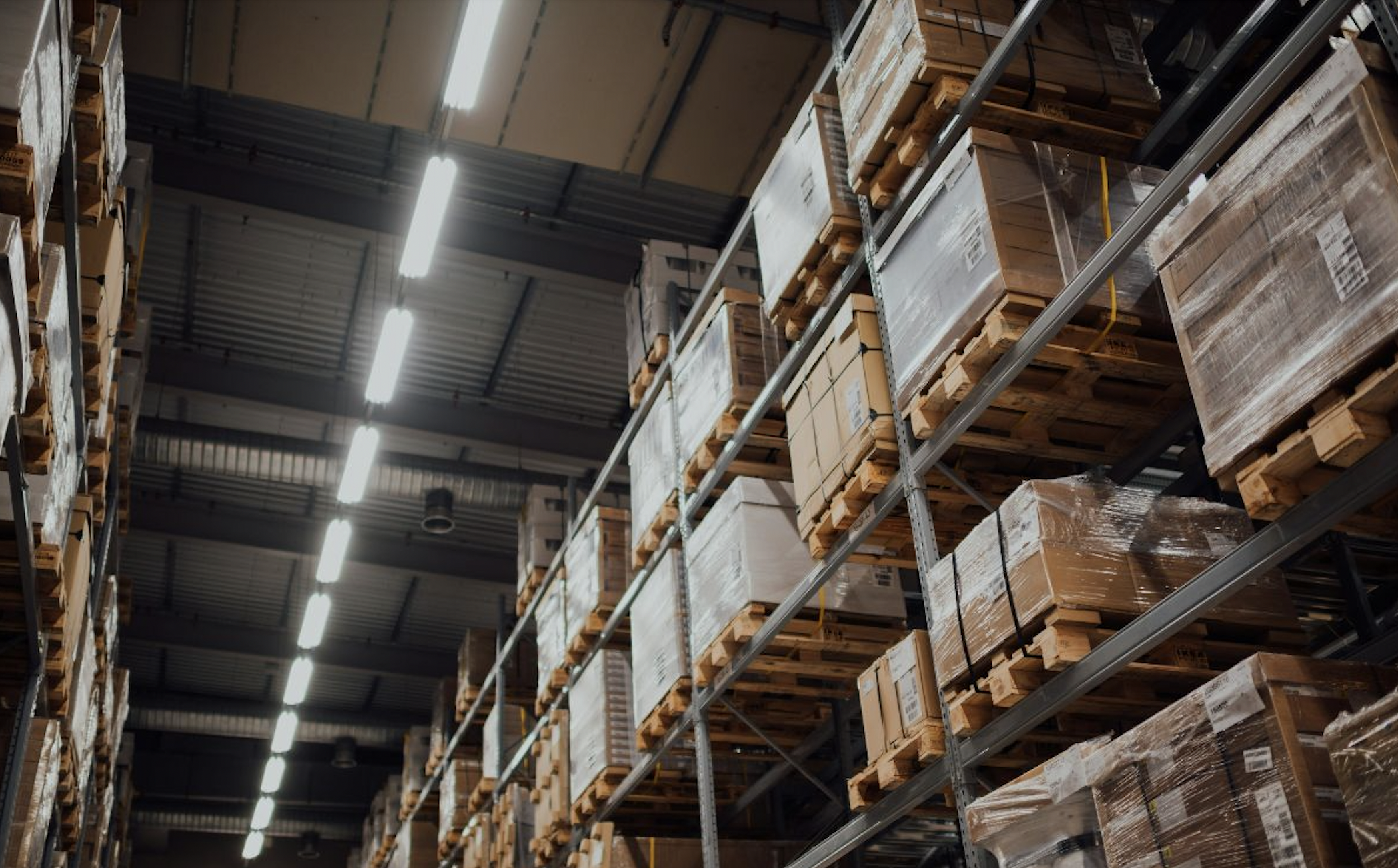
State of Industrial
Not that long ago, industrial vacancy in Sydney was under 1%. If you were a tenant, there was effectively no choice and rents were climbing during negotiations. For new speculative developments, rents were not advertised until close to Practical Completion (PC) so the highest possible rent was achieved. If you were a lessor, why do a deal today when the rent will be higher tomorrow?
According to Savills latest “Sheds Briefing” (November 2024), “prime face rents rose 61% and secondary face rents rose 67% across all 5 major east coast markets since 2019”. It was the largest industrial boom we have experienced.
The reasons for this conflagration were numerous. The main one was the lack of supply of buildings and the appropriately zoned land on which to build buildings. Simultaneously, automation, e-commerce, and just-in-case inventory management strategies pushed industrial demand to new levels. The boom led to the rise of the “super building for the super tenant” like those of Amazon, Australia Post and Coles at the back of Erskine Park.
Covid added another dimension; the view that the e-commerce boom would never end. Hence the sub-1% vacancy rate in Sydney in 2022.
Today we have a calmer, more stable market. Vacancy is back to around 3%. Face rent growth is minimal although some of our internal research shows it has decreased a little in some of the growing southwest corridor that runs from Huntingwood through to Kemps Creek.
Incentives returned last year and are here to stay for a while. “Prime (incentives) have reached an average of about 15%, up from 11.3% in Q1 and double the same time last year.” As a result, effective rents are falling slightly.
Where to from here?
It’s been a fascinating 2-3 years for the industrial markets right across the country. But we already see that 2025 will be a calmer, more stable year for industrial real estate. The super tenants are satisfied for now so their needs will not inflate demand.
In effect, 2025 may be the year we go back to some normality for landlords and tenants; with choice, competition, predictable rents and incentives, and measured (not frantic) takeup.

No Comments